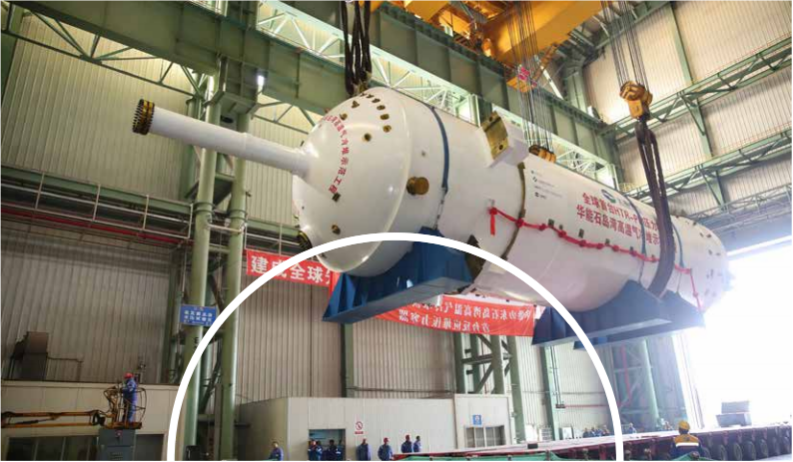Wedoany.com Report-Nov 9, In January this year the UK government announced a £300m (US$393m) funding programme to develop a High Assay Low Enriched Uranium (HALEU) industry as part of the Department of Energy Security and Net Zero’s ambitions to accelerate the development of a civil HALEU commercial market and, in-turn, support the roll-out of next generation nuclear power plants. In May a substantial proportion, £196m (US$257m) of the total funding was earmarked for an advanced fuels facility currently under construction at Urenco’s Capenhurst enrichment site in the northwest of England.
While HALEU, which is enriched between 10% and up to 20% uranium 235, offers the prospects of advanced fuels for the next generation of reactor designs, notably advanced reactors, the move is also a strategic one by the UK government. Once the enrichment facility is complete the UK will be the first European nation to produce advanced nuclear fuel on a commercial scale. This is a market currently dominated by Russia and in a statement announcing the funding the government explicitly stated the move is part of the government plan to push Russia and its president Putin out of the global energy market while boosting energy security for the UK.
However, Magnus Mori, Urenco’s Head of Market Development and Technical Sales, explains why this is just part of the drive behind development of the facility: “It’s not really Urenco’s decision, it’s the reactor developers, it’s the drive to net zero, there’s some very distinct imperatives here. One is about security of supply of energy in general and one is also about diversifying that supply of energy and the market trend or how the energy market is evolving.”
Mori also points to the next generation of reactor technologies as an obvious and substantial future market for HALEU products, saying “We see that there’s a huge interest in more nuclear, both traditional light water reactors but also with Generation IV reactors, the promise of in-factory, modular construction, smaller scale, less capital expenditure, inherent safety, better economics and the promise of more efficient fuel. Hence advanced fuels. It is too good not to be explored further and therefore we see all the global initiatives in this area in the UK and elsewhere, with GBN [Great British Nuclear] just one initiative.”
Although HALEU will be needed to fuel advanced reactor designs, Mori also notes the role of HALEU in developing fuels that are part of the overall philosophy that is related to new nuclear and advanced reactors in general. “The engineering function of the fuel is much more complex than in the fuel used in traditional nuclear reactors. In a pressurised water reactor with standard fuel a lot of the safety and reliability functions to deliver electricity are met by engineered systems that are built around and in the reactor. With Generation 4 designs, a lot of the engineering features are actually inherent to the fuel,” he says.
HALEU products are not just more sophisticated in terms of their safety function, they also offer greater energy densities when compared with conventional light water reactor fuels. Says Mori: “It is more efficient because of higher enrichment. If you compare standard pressurised water reactor fuel, which is enriched up to 5%, to HALEU fuel, the new fuel designs should deliver five or even, theoretically, up to seven times more energy per kilogram than standard fuel. It means that per kilogram of fuel you have less spent fuel and so therefore it makes the whole cycle more economical and more efficient.”
He says: “We are now starting to advance the design and then build the facility to deliver advanced fuels for the development of these smaller, simpler reactors that can operate longer and more efficiently.”

















